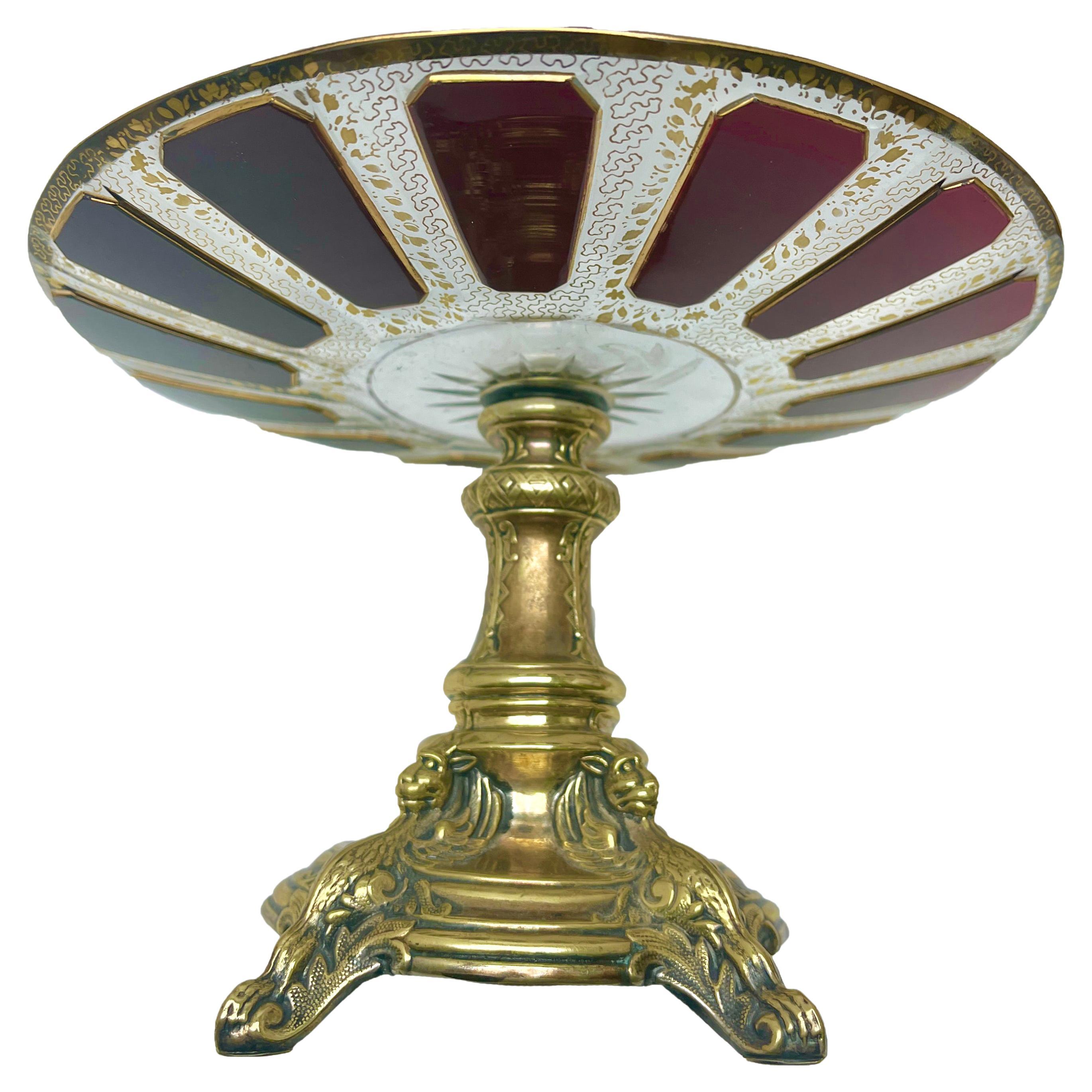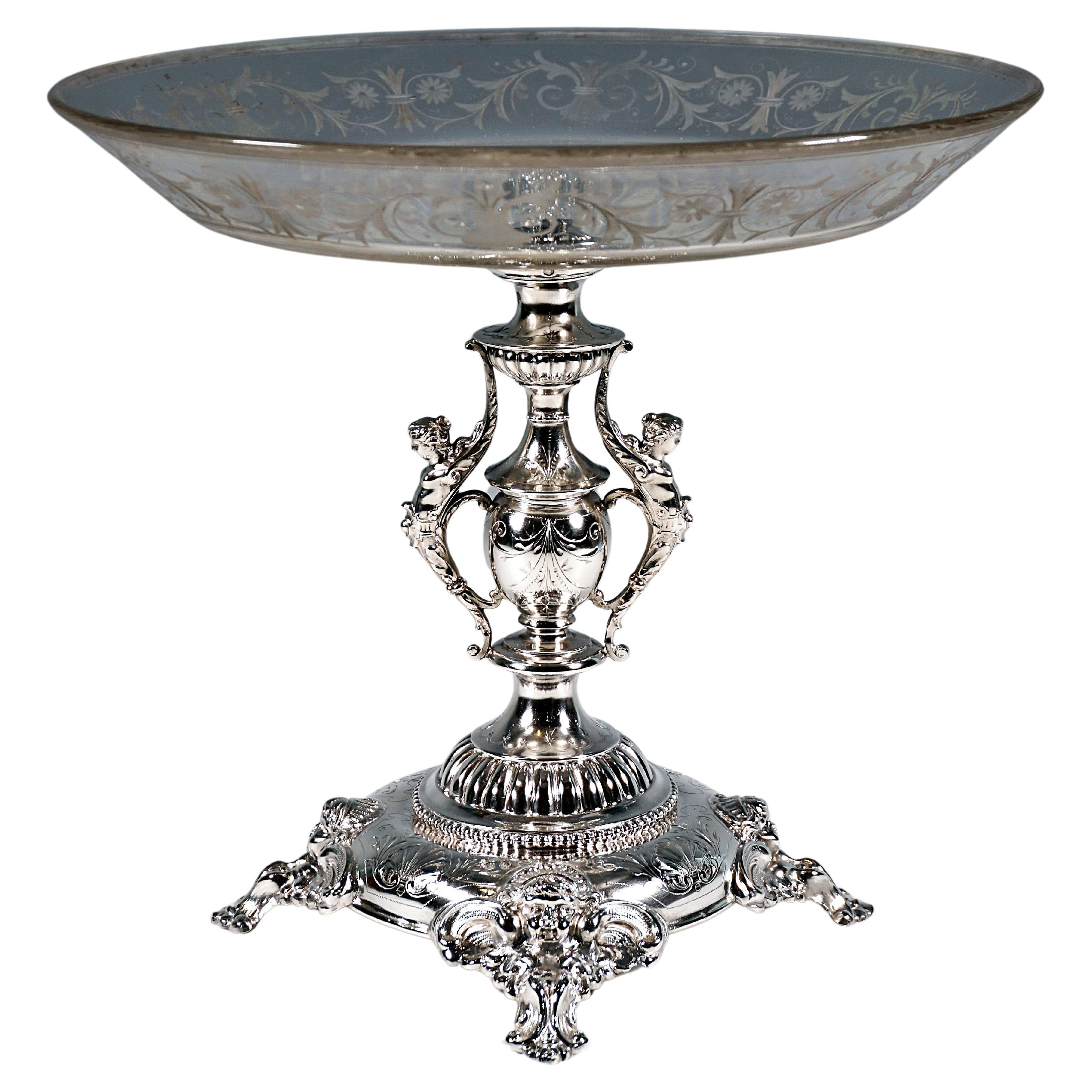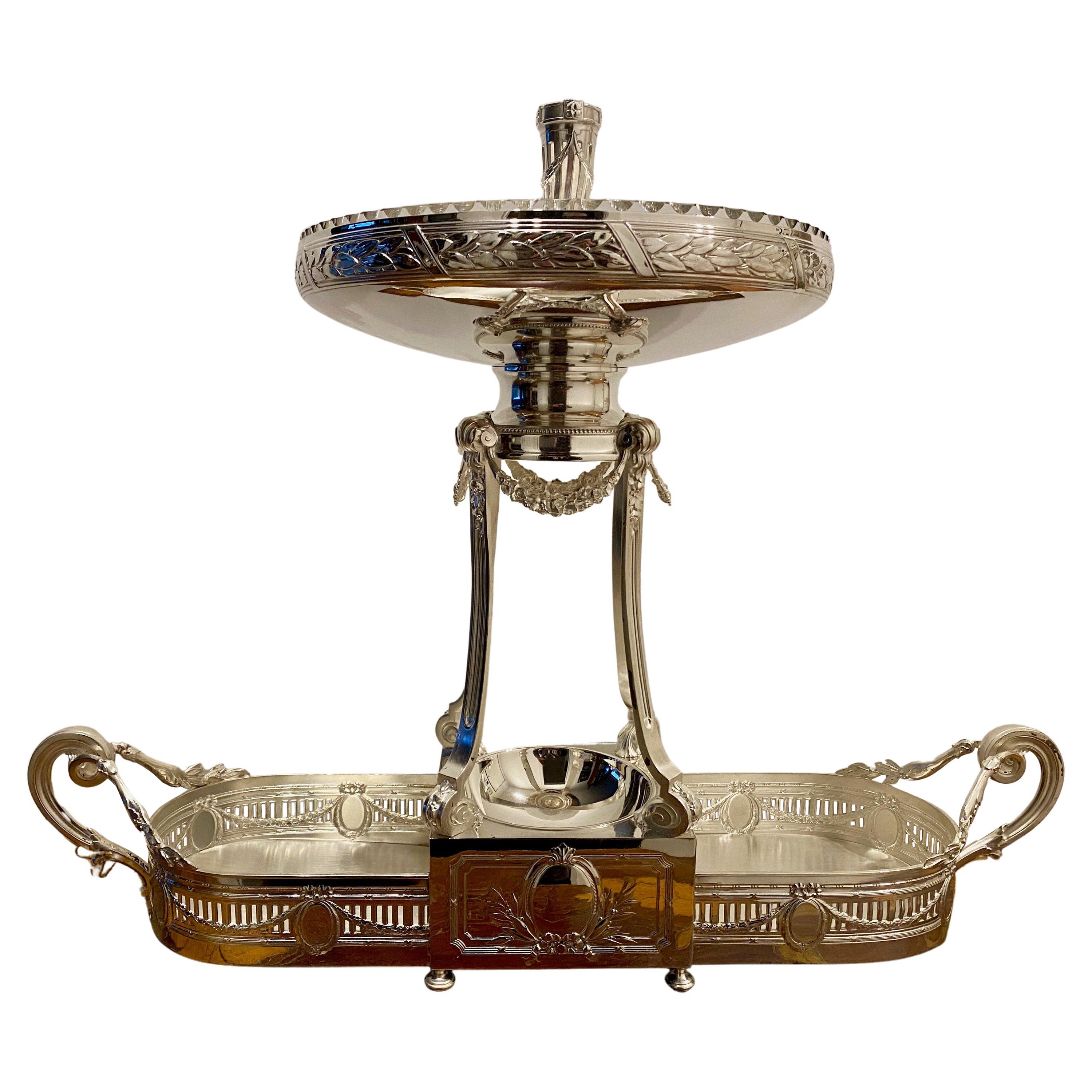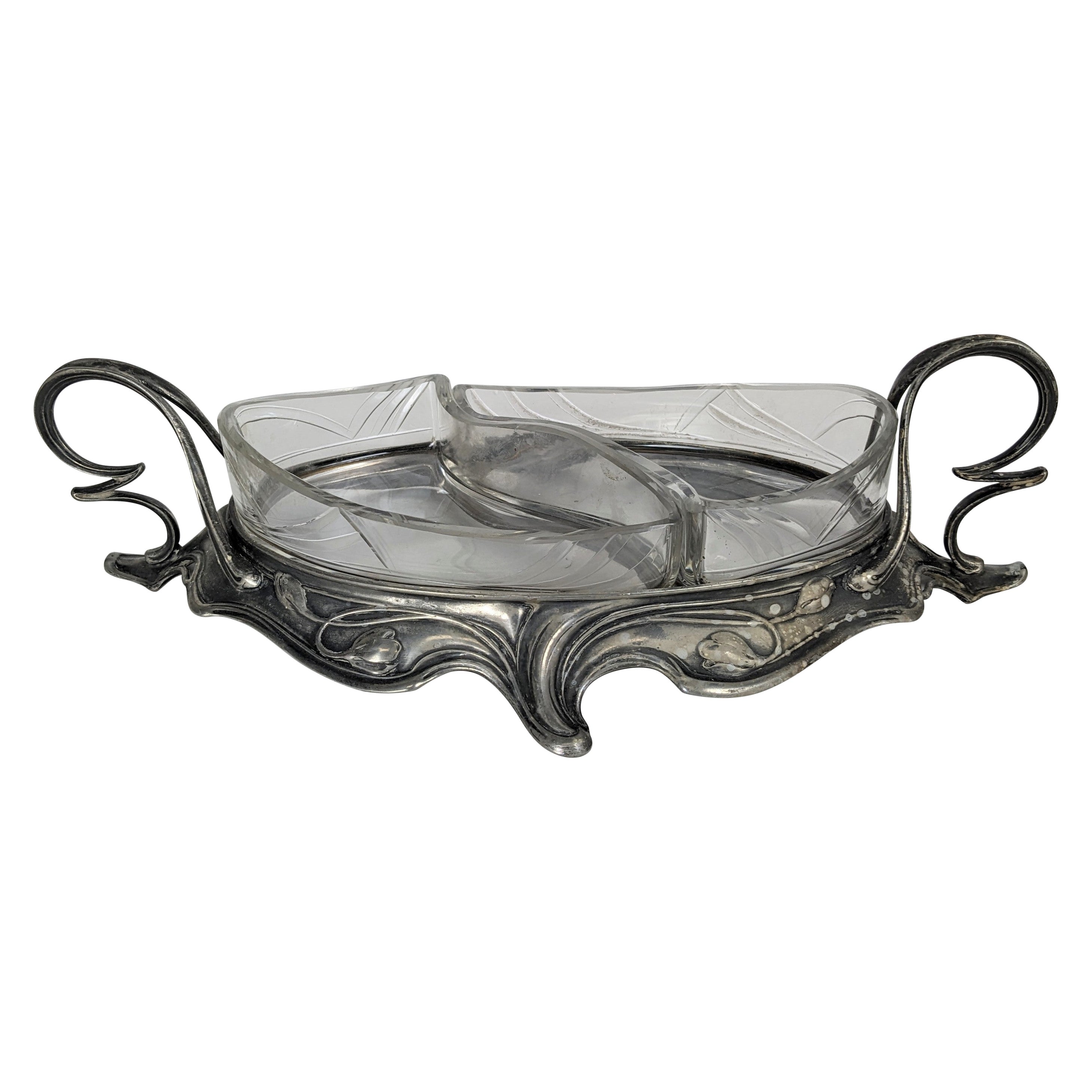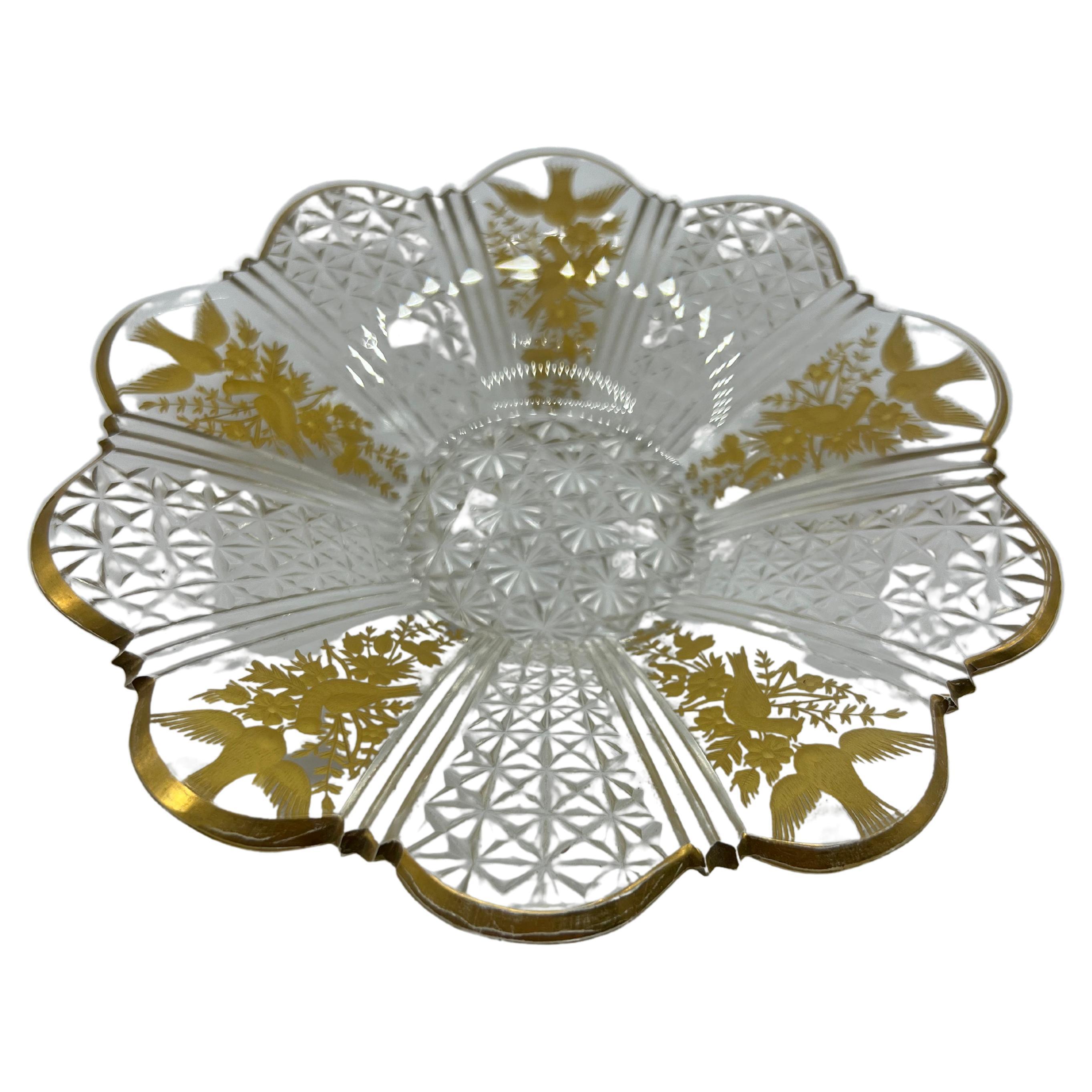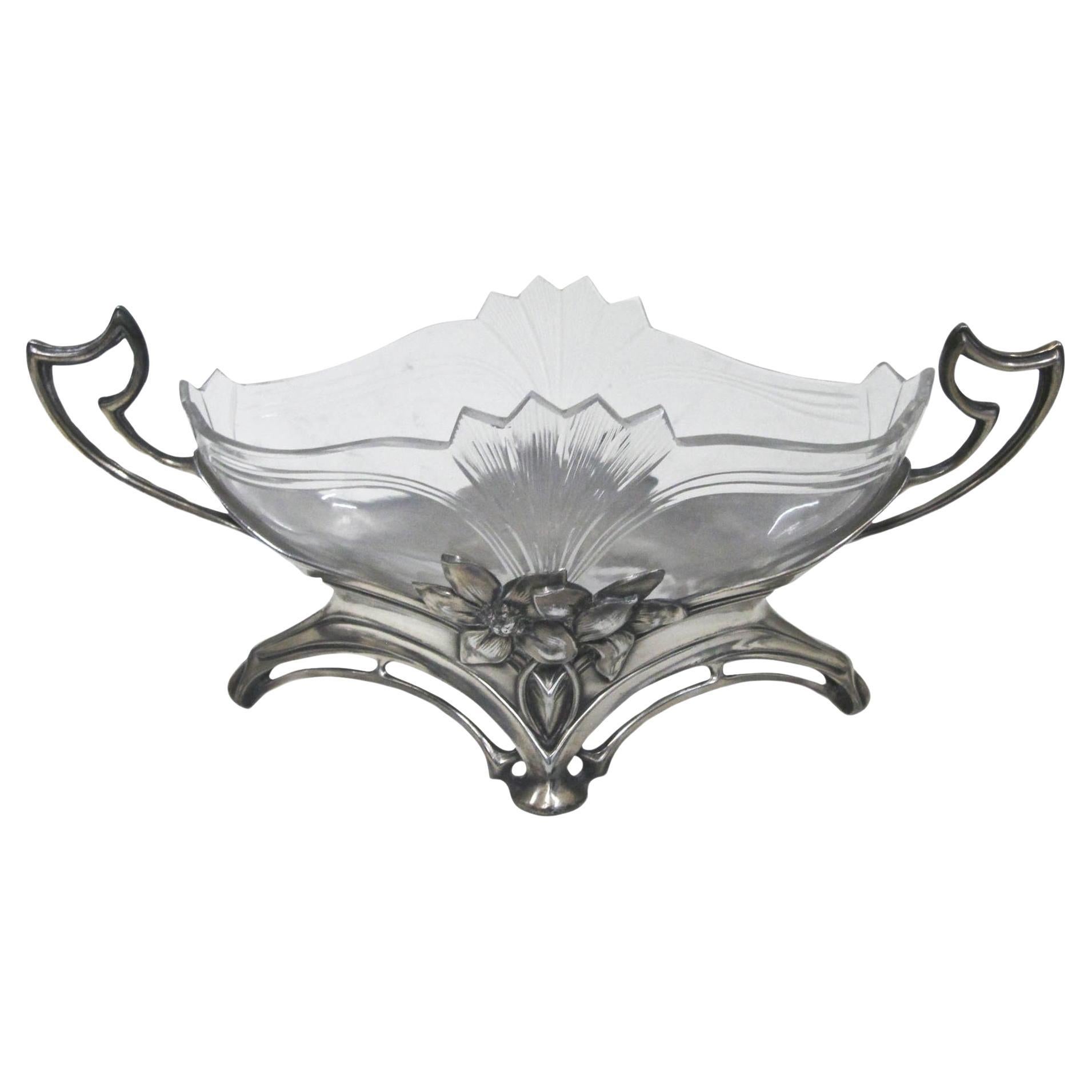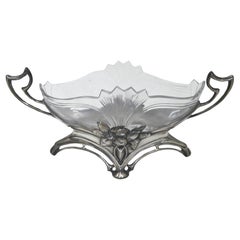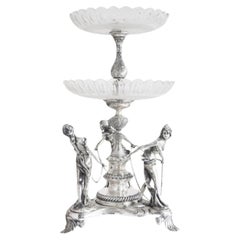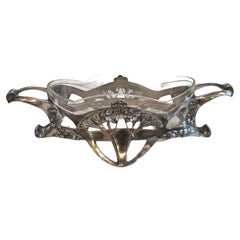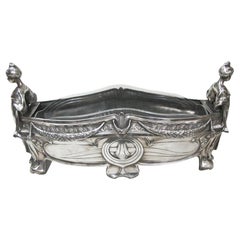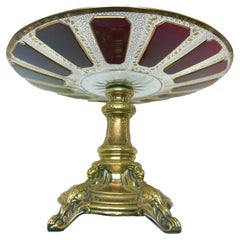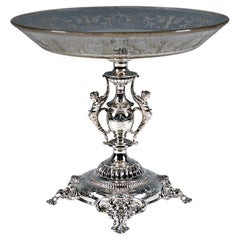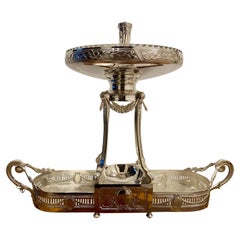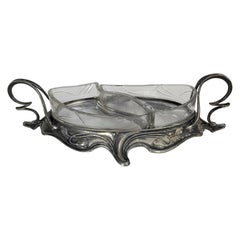Articles similaires à Muffin plate, Art nouveau, Jugendstil, Moderismo, Liberty, Stile Floreale, 1900
Chargement de la vidéo
Vous voulez plus d'images ou de vidéos ?
Demander au vendeur plus d'images ou de vidéos
1 sur 22
Muffin plate, Art nouveau, Jugendstil, Moderismo, Liberty, Stile Floreale, 1900
6 984,11 €
À propos de cet article
Muffin plate,
Sign: 30
Sign: 28907
Material: Silver plated metal
Style: Art nouveau, Jugendstil, Moderismo, Liberty, Stile Floreale, 1900
If you want to live in the golden years, this is the bar that your project needs.
We have specialized in the sale of Art Deco and Art Nouveau and Vintage styles since 1982.If you have any questions we are at your disposal.
Pushing the button that reads 'View All From Seller'. And you can see more objects to the style for sale.
Why are there so many antiques in Argentina?
In the 1880 – 1940 there was a grate wave of immigration encouraged by the periods of war that were taking place.
1st World War took place between 1914 and 1918
2nd World War took place between 1939 and 1945
The immigrants options were New York or Buenos Aires. Tickets were cheap and in Buenos Aires they were welcomed with open arms, as it was a country where everything was still to be done.
Argentina was the country of new opportunities, labour was needed and religious freedom was assured, in many cases the of the family travel first until they were settled and then the rest of the family members join them.
In the immigrant museum “Ellis Island Immigrant Building” in New York you can se the promotional posters of the boats that would take them to a new life.
Between the years 1895 and 1896, Argentina had the highest DGP (gross domestic product) per capita in the world according to the Maddison Historical Statistics index, this situation arose due to the large amount of food being exported to European countries, which were at war.
The Argentinean ships left the port of Buenos Aires with food, but they returned with furniture, clothes and construction elements, (it´s common to see this the old buildings of the historic neighbourhood of San Telmo, the beams with the inscription “Made in England)”, as well as many markets that were built in Buenos Aires, such us the San Telmo Market, whose structure was brought by ship and afterwards assembled in 900 Defensa Street.
With the great influence of European immigrants living in the country, the children of the upper classes travelled to study in France, resulting in the inauguration of “La Maison Argentinienne”, on 27th of June 1928, in the international city of Paris, which hosted many Argentinians that were studying in Frace.
It´s the fourth house to be built after France, Canada and Belgium, being the first Spanish-speaking one. Still in place today (17 Bd Jourdan, 75014, Paris, France). Many of the children of these wealthy families who attended international art exhibitions, museums and art courses abroad, took a keen interest in the European style. This is why Buenos Aires was at the time referred as “The Paris of South America”.
Between the years 1890 and 1920 more than a hundred Palaces were built on Alvear Avenue the most exclusive avenue in Buenos Aires. Today some of these palaces have been transformed into museums, hotels and embassies.
In the year 1936, the Kavanagh building was inaugurated, it was the tallest reinforced concrete building in South America.
During 1994 the American Society of Civil Engineers distinguished it as an “international engineering milestone”, and it´s now considered a World Heritage of Modern Architecture.
At the time was common to hire foreign architects such as Le Corbusier, who visited Buenos Aires/Argentina in 1929 and in 1948 he drew up the blueprints for a house built in La Plata City (which was declared a World Heritage Site).
In 1947, the Hungarian architect Marcelo Breuer designed “Parador Ariston” in the seaside city of Mar del Plata. After an Argentinean student at Harvard University convinced him to come to Argentina. He worked on an urban development project in the Casa Amarilla, area of La Boca.
The Ukrainian architect, Vladimiro Acosta, arrives in Argentina in 1928 and worked as an architect until que moved to Brazil.
Antonio Bonet, a Spanish architect who worked with Le Corbusier in Paris, arrives in Argentina in 1937, where he carried out several architectural works and in 1938 designs the well-known BFK chair.
Andres Kálnay, of Hungarian origin, made around 120 architectural masterpieces, among which the former Munich brewery stands out, he even made the furniture’s design.
The German architect, Walter Gropius, director of the Bauhaus, lived in Argentina, where he wrote articles for “Sur” magazine and founded in Buenos Aires, an architectural firm with Franz Möller, who was also an architect, where he built two houses.
At the same time several famous designers decided to immigrate to Argentina, among them we can find the well-known French designer, Jean-Michel Frank, who arrived in the country in 1940 and also worked for the Rockefeller family.
Special pieces were made, which were sold exclusively in the country, such as the well-known German company “WMF”, who sold their products by catalogue, which were chosen by the ladies of high society in the list of wedding gifts, as well as the pieces designed by Christofle.
The Swiss sculptor Alberto Giacometti, made special pieces for Argentinean mansions.
In 1904 the first Jansen branch outside Paris was established in Buenos Aires, as the Argentinean clientele demanded a large amount of furniture, from the end of the 19th century to the mid-20th century.
In 1970, the brand Rigolleau Argentina made pieces authorised by Lalique.
The brands Maple and Thompson also set up shop in the country.
The French plastic artist, Marcel Duchamp moved to Argentina in 1918-1919.
Glass signed Gallé, Charder, Leverre, Schneider, Muller and other French firms. They were bought in flower shops and were given to ladies with beautiful floral arrangements.
Some furniture manufacturers travelled to international fairs and bough the patterns to produce the furniture in Argentina, such as the furniture firm Englander and Bonta, who bought the patterns ins Italy.
It is worth mentioning that in Argentina we have the largest community of Italians outside of Italy, as it is estimated that 70 percent of the inhabitants have at least one Italian descendant, followed by Spanish immigrants.
The most Important furniture stores in Argentina:
Comte is founded in 1934 (under the direct management of Jean Michel Frank in 1940).
Nordiska (Swedish company established in 1934).
Churba in 1960, a company that brought foreign designers to present their furniture in the country:
Denmark: (Arne Jacobsen, Finn Juhl, Bender Madsen, Ejner Larsen, Poul Kjaerholm, Hans Wegner)
Sweden: (Hans Agne Jakobsson, Gustavsberg)
United States: (Herman Miller)
Finland: (Lisa Johansson, Folke Arstrom, Tapio Wirkkala, Alvar Aalto, Timo Sarpaneva)
Swedish Factory: (Orrefors)
Italy: (Littala, Vico Magistretti, Emma Gismondi, Gae Aulenti, Angelo Mangiarotti, Elio Martinelli, Gianna Celada, Angelo Mangiarotti, Mario Bellini, Carlo Scarpa)
Finland: (Olivia Toikka)
Plata Lappas (Lappas Silver): a goldsmith shop founded in 1887 in Argentina by Alcibiades Lappas of Greek origin.
In 2019, in Argentina took place “the Art Deco world congress”, in which we participated as hosts invited by Geo Darder, founder of the Copperbridge – Foundation, in which prominent people from all over the world attended to learn about Art Deco in Argentina.
Argentina currently has more than 100 Art Deco buildings and another 90 Art Nouveau buildings throughout the city of Buenos Aires.
Argentina is a country that has not been involved in many wars, which is why it has been a refuge for works of art and antiques from different periods of time, unlike European countries. That is way many collectors, museums and antique dealers from all over the world visit it, you should not miss the opportunity to visit this great country.
Laura Guevara Kjuder, architect.
- Dimensions:Hauteur : 43 cm (16,93 po)Diamètre : 25,5 cm (10,04 po)
- Style:Art nouveau (Dans le style de)
- Matériaux et techniques:
- Lieu d'origine:
- Période:
- Date de fabrication:1900
- État:Usure conforme à l'âge et à l'utilisation.
- Adresse du vendeur:Ciudad Autónoma Buenos Aires, AR
- Numéro de référence:1stDibs : LU6785245349232
À propos du vendeur
5,0
Vendeur professionnel agréé
Chaque vendeur répond à des normes strictes en matière d'authenticité et de fiabilité
Établi en 1982
Vendeur 1stDibs depuis 2022
37 ventes sur 1stDibs
Temps de réponse habituel : <1 heure
- ExpéditionRecherche du devis...Expédition depuis : Ciudad Autónoma Buenos Aires, Argentine
- Politique des retours
Certaines parties de cette page ont été traduites automatiquement. 1stDibs ne garantit pas l'exactitude des traductions. L'anglais est la langue par défaut de ce site web.
Garantie d'authenticité
Bien qu'il soit peu probable que la situation se présente, dans le cas où vous rencontreriez un problème d'authenticité d'un article, contactez-nous dans un délai d'un an pour obtenir un remboursement intégral. DétailsGarantie de remboursement
Si votre article n'est pas conforme à la description, est endommagé pendant le transport ou ne vous est pas livré, contactez-nous sous 7 jours pour obtenir un remboursement intégral. DétailsAnnulation sous 24 heures
Vous disposez d'un délai de 24 heures pour annuler votre achat sans motif.Des vendeurs professionnels agréés
Nos vendeurs de renommée mondiale doivent respecter des normes strictes en matière de service et de qualité, afin de préserver l'intégrité de nos fiches produit.Garantie d'alignement des prix
Si vous constatez qu'un autre vendeur a mis en vente le même article à un prix inférieur sur un autre site, nous nous alignerons sur ce prix.Livraison en toute confiance à l'international
Notre réseau de transporteurs de premier ordre propose des options d'expédition spécialisées dans le monde entier, y compris des livraisons personnalisées.Plus d'articles de ce vendeur
Tout afficherCentre de table WMF, allemand, Jugendstil, Art nouveau, Liberty, 1900, numéroté 457
Par WMF Württembergische Metallwarenfabrik
Centerplace, WMF, allemand
Page 98 du livre WMF (Art Nouveau Domestic Metalwork from Wurttembergische Metallwaren Fabrik)
WMF (Wurttembergische Metallwarenfabrik)
La société Electro-...
Catégorie
Antiquités, Début des années 1900, Allemand, Art nouveau, Centres de table
Matériaux
Cristal, Métal
Centre de table WMF, allemand, Jugendstil, Art nouveau, Liberty, 1900, numéroté 457
Par WMF Württembergische Metallwarenfabrik
Centerplace, WMF, allemand
WMF G : introduit le 1 er juin 1910, dans le but d'améliorer la lisibilité, en particulier des très petites marques. L'entreprise Le choix d'une autruche ...
Catégorie
Antiquités, Début des années 1900, Allemand, Art nouveau, Centres de table
Matériaux
Cristal, Métal
Centre de table, Art nouveau, Liberté, Allemagne, 1910, WMF
Par WMF Württembergische Metallwarenfabrik
Centerplace, WMF
Nous sommes spécialisés dans la vente d'articles Art Déco et Art Nouveau et Vintage depuis 1982, et nous sommes à votre disposition pour toute question.
En appuy...
Catégorie
Vintage, Années 1910, Allemand, Art nouveau, Centres de table
Matériaux
Cristal, Métal
Centre de table, Jugendstil, Art nouveau, Liberté, Allemagne, 1900, WMF
Par WMF Württembergische Metallwarenfabrik
Centerplace, wmf, allemand
Nous sommes spécialisés dans la vente d'articles Art Déco et Art Nouveau et Vintage depuis 1982, et nous sommes à votre disposition pour toute question....
Catégorie
Antiquités, Début des années 1900, Allemand, Art nouveau, Centres de table
Matériaux
Cristal, Métal
Centre de table, Jugendstil, Art Nouveau, France, 1900
Place centrale
Métal : Argenté et cristal
Nous sommes spécialisés dans la vente de produits Art Déco et Art Nouveau et Vintage depuis 1982. Si vous avez des questions, nous somme...
Catégorie
Antiquités, Début des années 1900, Français, Art nouveau, Centres de table
Matériaux
Métal
Centre de table, France, Jugendstil, Art Nouveau, Liberté, 1900
Place centrale
En bronze argenté
Nous sommes spécialisés dans la vente de produits Art Déco et Art Nouveau et Vintage depuis 1982. Si vous avez des questions, nous sommes à votre dis...
Catégorie
Antiquités, Début des années 1900, Français, Art nouveau, Centres de table
Matériaux
Bronze
Suggestions
Centre de table Art nouveau attribué à Kayser en Allemagne, vers 1900
Par Kayser Germany
Spectaculaire centre de table Art nouveau attribué à Kayser en Allemagne, vers 1900.
Très impressionnante, cette pièce réunit toute l'excellence de l'Art nouveau en termes de savo...
Catégorie
Antiquités, Début des années 1900, Allemand, Art nouveau, Centres de table
Matériaux
Plaqué argent
Centre de table viennois Art Nouveau avec bol en verre original, vers 1900
Par Vincenz Carl Dub 1
Elegant centre de table en argent reposant sur une base ronde incurvée à plusieurs niveaux, quatre pieds carrés en rocaille avec des têtes de putti en relief, un décor floral et de c...
Catégorie
Antiquités, Début des années 1900, Autrichien, Art nouveau, Argent sterling
Matériaux
Argent
Centre de table en métal argenté Art Nouveau français "Epergne", vers 1900
Centre de table "Epergne" en métal argenté de style Art Nouveau français, ca. 1900.
Catégorie
Antiquités, Début des années 1900, Français, Art nouveau, Centres de table
Matériaux
Plaqué argent
Plat de service en métal argenté Art Nouveau
Elegant plat de service en métal argenté Art Nouveau d'origine européenne vers 1900. Chacune des deux cloisons en verre gravé s'enlève pour le nettoyage et suit les lignes ondulantes...
Catégorie
Antiquités, Début des années 1900, Européen, Art nouveau, Saladiers
Matériaux
Plaqué argent
Assiette Art Nouveau finement taillée, Bohème, dorée
Assiette Art Nouveau, coupe fine, Bohème, Autriche, dorée, ensemble de quatre assiettes, motif oiseau, bon état.
Catégorie
Antiquités, Début des années 1900, Pièces de service en cristal
Matériaux
Cristal
588 € / article
Rare Tazza en métal et verre taillé signé Orivit vers 1900
Par Orivit
Fabuleuse Tazza en métal et verre taillé signée Orivit dans un état exceptionnel. La base est un métal sinueux de couleur dorée, d'un style Art nouveau, avec un bouton en forme de tê...
Catégorie
Antiquités, Début des années 1900, Allemand, Art nouveau, Coupes décorat...
Matériaux
Métal
